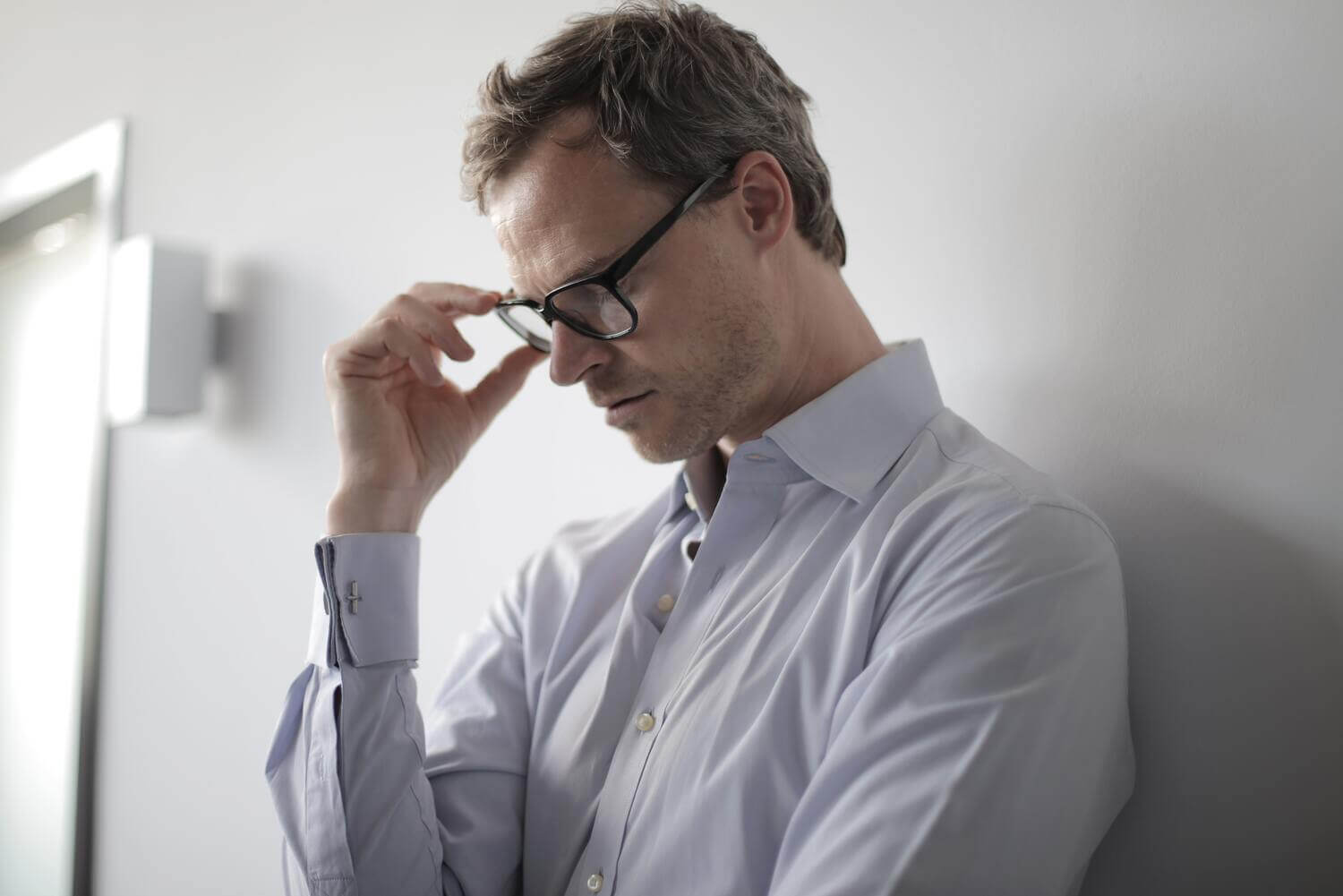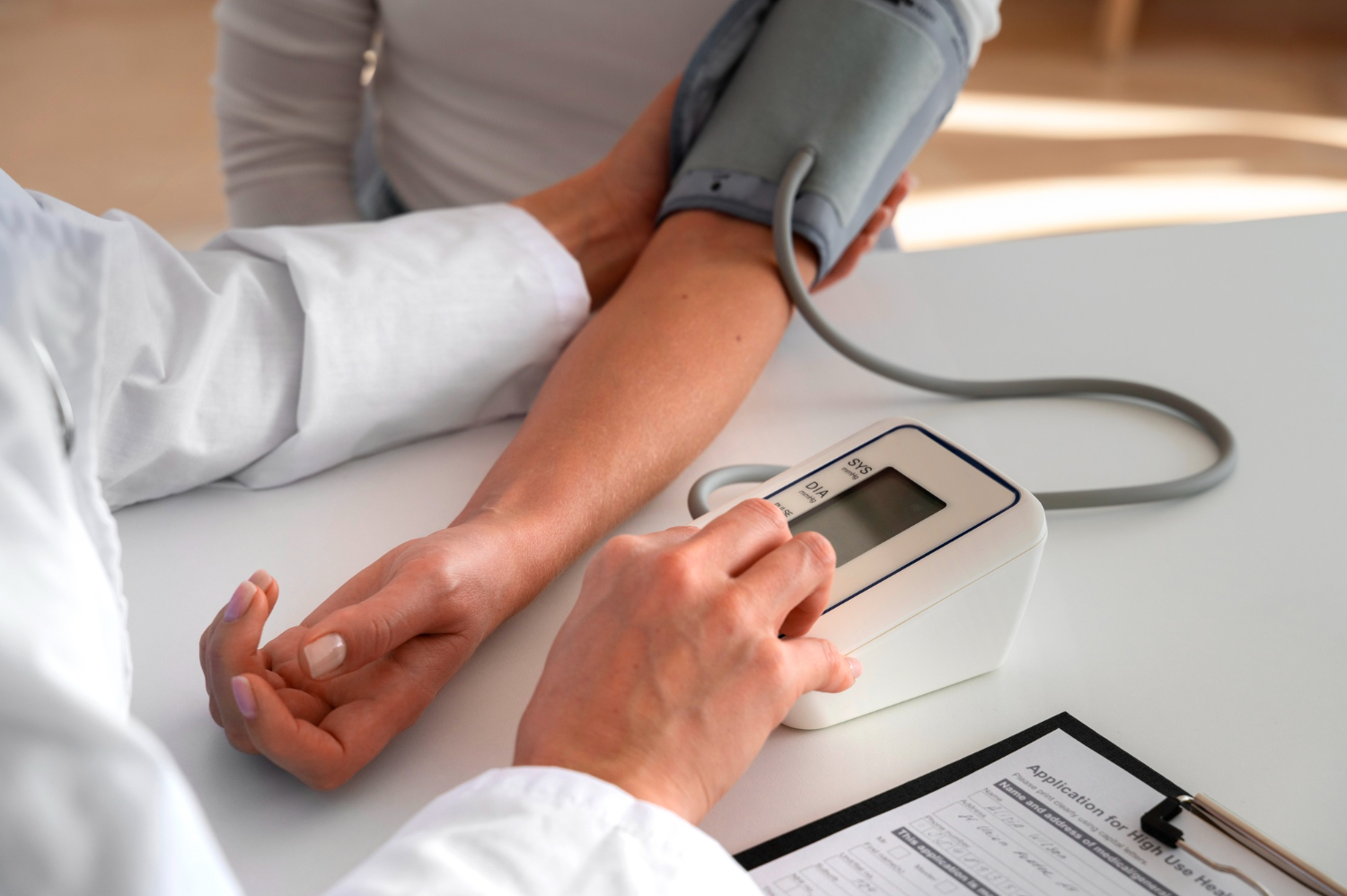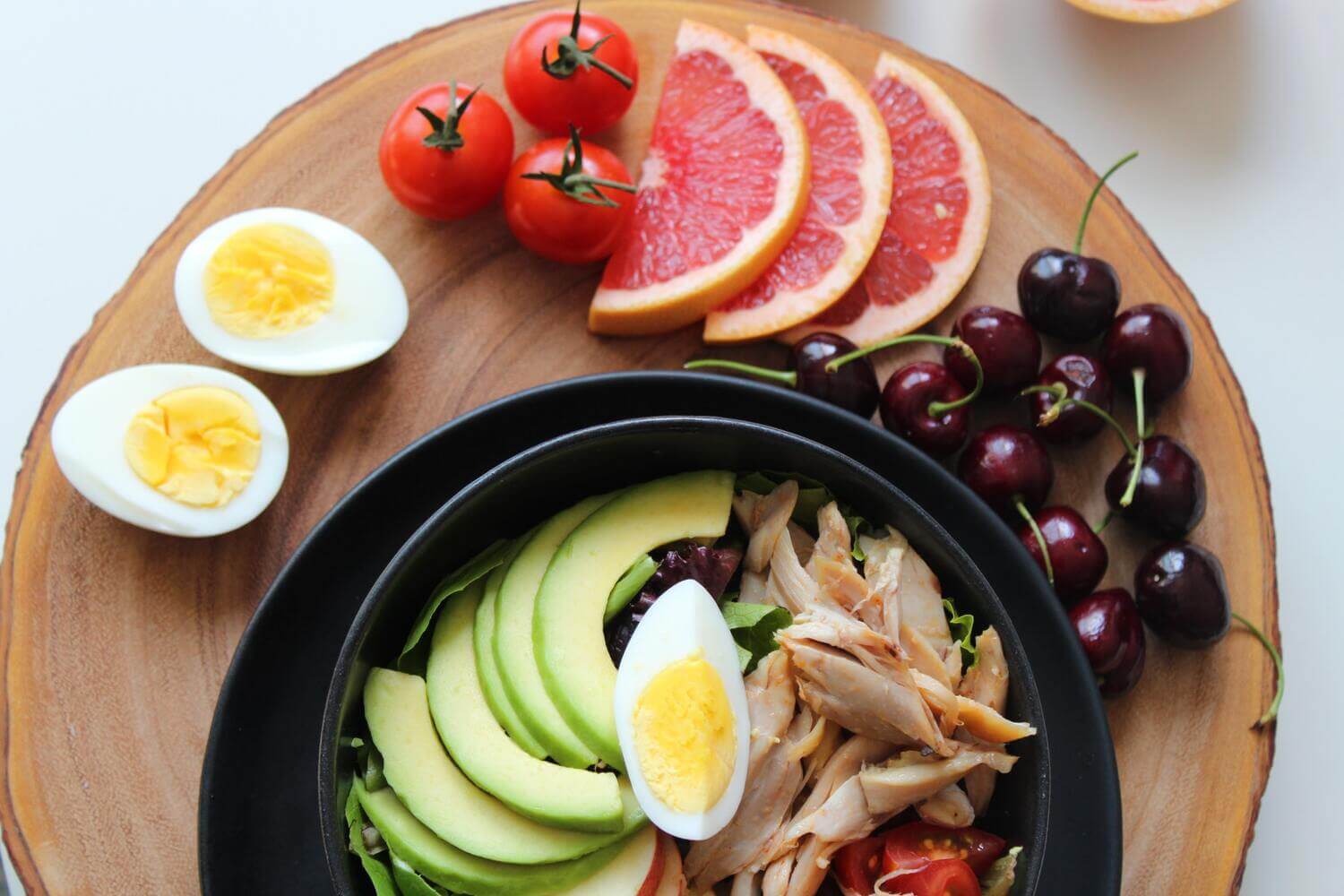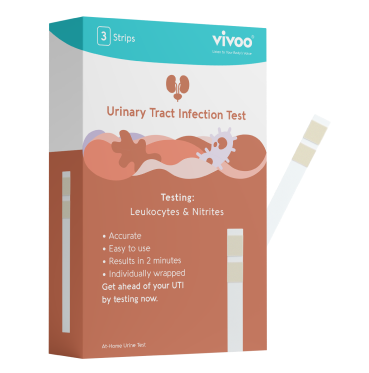Stick around as we unpack everything you need to know about dealing with low blood pressure in an easy-to-understand way!
What is Low Blood Pressure?
Low blood pressure, also called hypotension, happens when the force of blood moving through your body is lower than usual.
Some people naturally have low blood pressure and feel fine. But for others, it can cause dizziness, feeling faint, blurry vision, and tiredness.
There are different reasons for low blood pressure. It can happen when you stand up quickly (orthostatic hypotension), after eating (postprandial hypotension), or due to health issues like dehydration, certain medications, or heart problems.

What are the Symptoms of Low Blood Pressure?
Low blood pressure, also known as hypotension, can vary in its symptoms and severity. Some common symptoms include:
- Feeling dizzy or lightheaded, especially when getting up quickly.
- Blurry vision or trouble seeing clearly.
- Feeling really tired or weak.
- Fainting or feeling like you might pass out.
- Feeling nauseous.
- Trouble concentrating or thinking clearly.
What Causes Low Blood Pressure?
Low blood pressure, also called hypotension, happens when the force of blood against the walls of your arteries is lower than normal. There are a few reasons why this might happen:
- Dehydration: Not drinking enough water or losing too much fluid from vomiting, diarrhea, or sweating can make your blood pressure drop.
- Heart issues: Problems with your heart, like a slow heartbeat or heart valve issues can cause low blood pressure.
- Endocrine problems: Conditions like low thyroid function or low blood sugar can also lead to low blood pressure.
- Medications: Some medicines, such as those for high blood pressure or depression, can lower blood pressure as a side effect.
- Not enough nutrients: If your body lacks essential nutrients like vitamin B12 or folic acid, it can lead to a type of low blood pressure called anemia.
- Allergic reactions: Severe allergic reactions can cause a quick drop in blood pressure.
- Standing up quickly: Some people might feel dizzy or lightheaded when they stand up too fast. This happens because blood pressure drops suddenly, especially if you've been lying down or sitting for a while.
What is Ideal Blood Pressure By Age?
Blood pressure norms can vary by age, and they're typically measured in millimeters of mercury (mm Hg). Ideal blood pressure ranges can help gauge a healthy cardiovascular system. However, it's crucial to note that these numbers can vary among individuals and may be influenced by various factors like overall health, genetics, lifestyle, and underlying medical conditions. Here are general blood pressure guidelines by age group:
For adults:
- Below 120/80 mm Hg is considered normal blood pressure for most adults.
- Between 120-129 over below 80 is slightly elevated but not yet high blood pressure.
- 130-139 over 80-89 is considered high blood pressure (stage 1).
- 140 or higher over 90 or higher is considered high blood pressure (stage 2).
For kids and teens:
- Normal blood pressure varies based on age, sex, and height. Doctors use charts to find what's normal for each child.
As people get older:
- For older adults (60 years and above), below 140/90 mm Hg can be okay, but it could differ based on individual health.
Remember, these are general numbers. Your specific health situation might need different targets. It's essential to check your blood pressure regularly and talk to your doctor about what's right for you.

How to Test for Blood Pressure?
Testing blood pressure typically involves using a sphygmomanometer, a device consisting of an inflatable cuff, a pressure gauge, and a stethoscope or digital sensor. There are two methods commonly used to measure blood pressure: manual (auscultatory) and automated (oscillometric). Here's a step-by-step guide for both methods:
Manual Blood Pressure Check:
- Get Ready: Sit comfortably with your arm supported at heart level.
- Put on the Cuff: Wrap the cuff around your upper arm, above your elbow.
- Pump and Listen: Someone will pump air into the cuff while feeling your pulse with a stethoscope. They'll slowly let the air out and listen for sounds in the stethoscope.
- Record the Numbers: They'll note two numbers - your higher (systolic) and lower (diastolic) blood pressure readings.
Automated Blood Pressure Check:
- Get Set: Sit comfortably and put the cuff around your upper arm.
- Press the Button: Hit the start button on the machine.
- Wait for the Numbers: The machine will automatically inflate and deflate the cuff, showing your blood pressure numbers on a screen.
- Note the Readings: Write down the numbers it shows for your systolic and diastolic blood pressure.
Remember, it's important to follow these steps correctly to get an accurate reading. If you have concerns about your blood pressure, it's best to speak with a doctor for advice.

How to Raise Low Blood Pressure?
Raising low blood pressure typically involves making lifestyle changes and, in some cases, seeking medical attention. However, it's important to note that managing low blood pressure should be done under the guidance of a healthcare professional. Here are some general tips that might help increase low blood pressure:
- Drink more water: Staying hydrated helps boost blood pressure. Try to drink plenty of water throughout the day.
- Eat some salty foods: A bit more salt (e.g. consumption of olives) in your diet can raise blood pressure. But don't overdo it, and talk to your doctor first, especially if you have health issues like high blood pressure.
- Stand up slowly: Moving slowly from sitting or lying down to standing can prevent a sudden drop in blood pressure.
- Eat smaller meals frequently: Big meals can lower blood pressure. Eating smaller meals more often can help keep it up.
- Stay active: Doing regular exercise, like walking or cycling, helps regulate blood pressure. Check with your doctor before starting a new exercise routine.
- Talk to a doctor: If low blood pressure continues or causes problems like dizziness or feeling weak, it's important to see a doctor. They can figure out if there's an underlying issue and suggest the right treatment.
What to Eat For Low Blood Pressure?
If you have low blood pressure, there are several dietary strategies and foods that can help manage your condition:
- Moderate Salt: Adding a bit of salt to your food can help raise your blood pressure. But don't overdo it - too much salt isn't good for you.
- Stay Hydrated: Drink enough water throughout the day to prevent dehydration, which can lower blood pressure.
- Electrolyte Drinks: Try drinks like sports beverages or coconut water to help keep your fluids and blood pressure balanced.
- Fruits and Veggies: Eat more fruits and veggies, especially ones high in potassium and antioxidants, bananas, sweet potatoes, tomatoes, and leafy greens.
- Check Supplements: Talk to your doctor about supplements like iron, vitamin B12, or folate. They might help if you're low in these nutrients and your low blood pressure is related.















